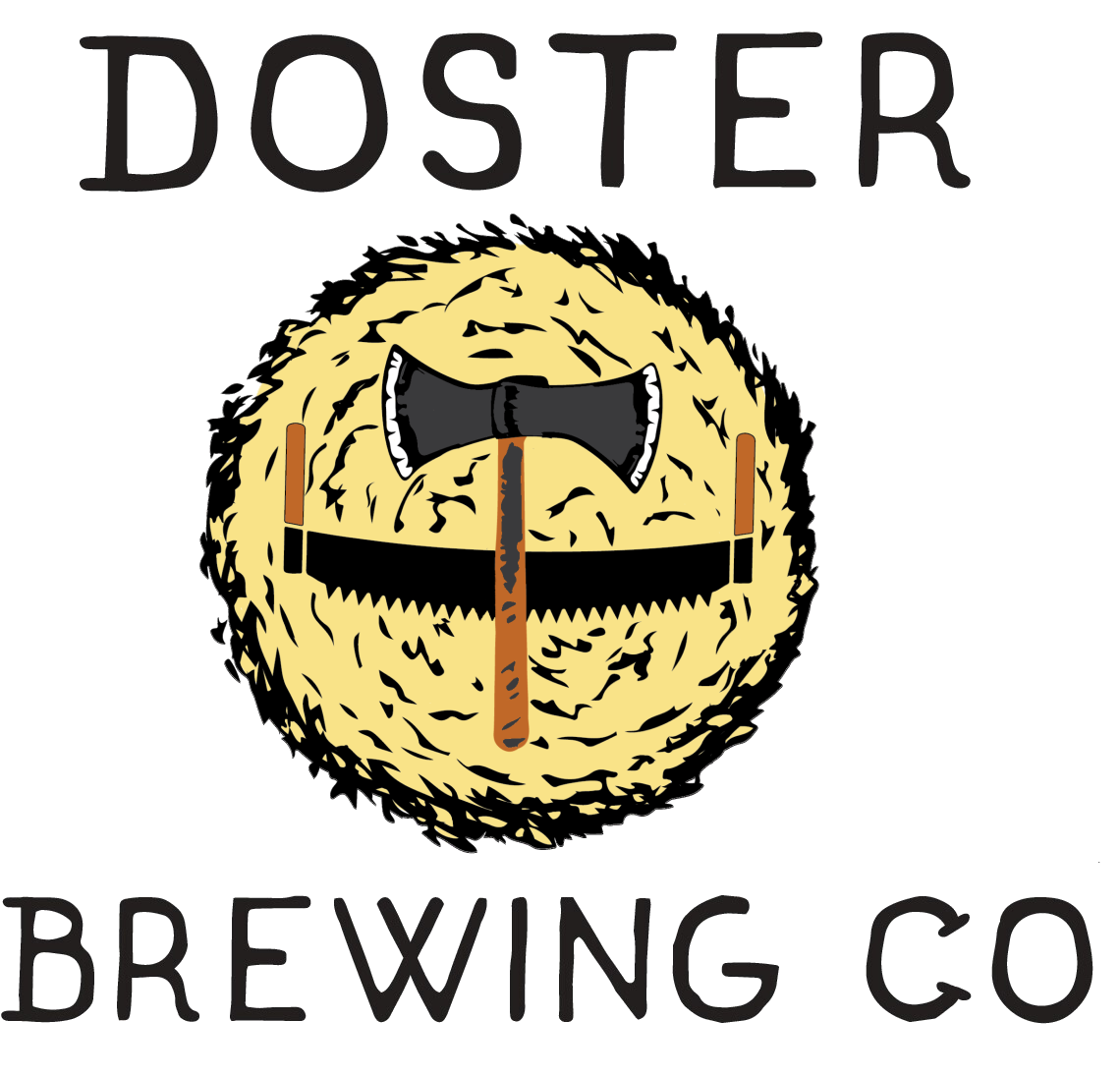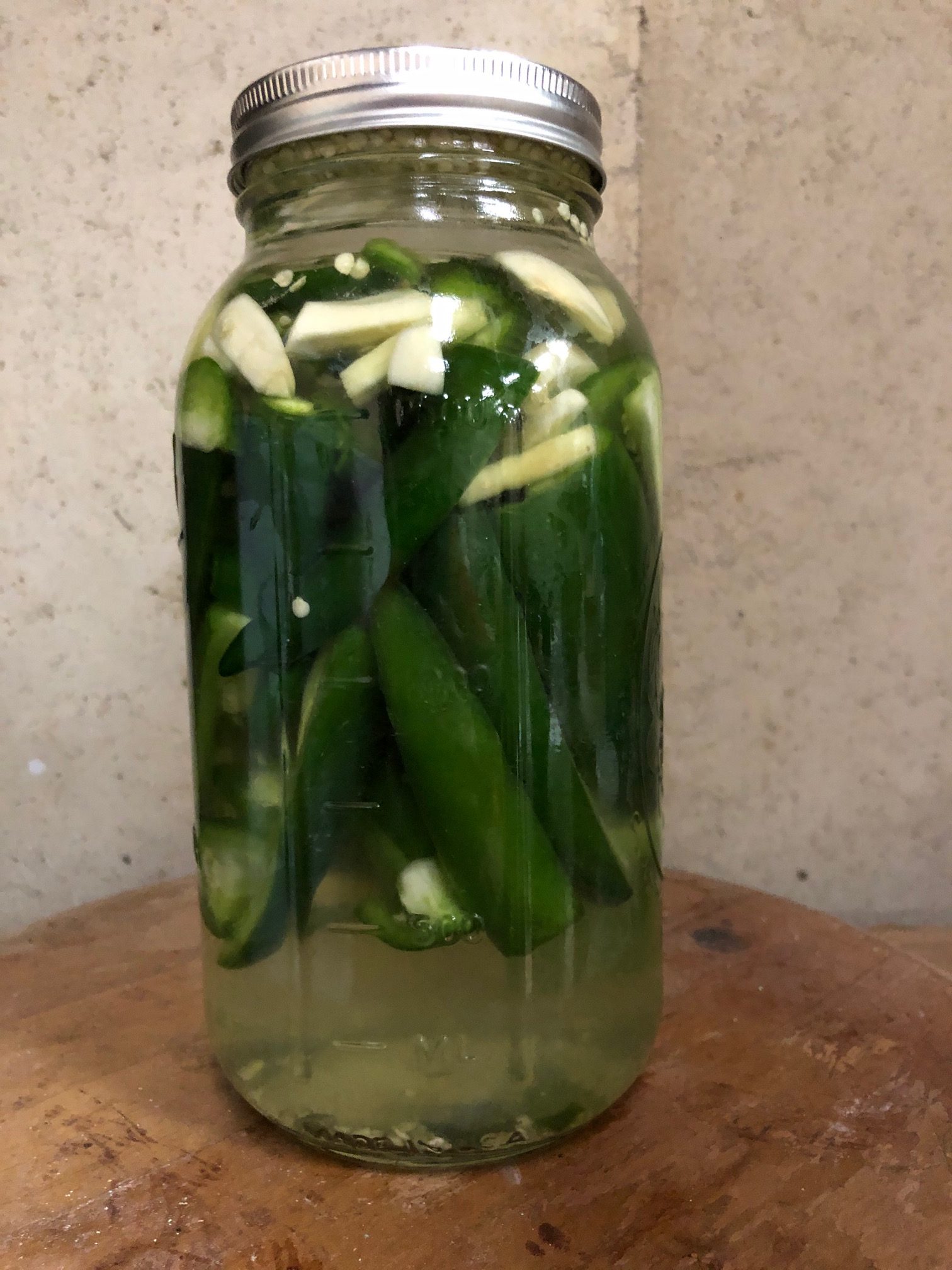Shrouded in darkness, starved of oxygen, sapped with salt, where all else dies, it thrives…
No, not a tentacle beast from the nether realm, we are still talking about fermentation!
As a brewing process, fermentation is what takes sugary, hop-infused tea (aka wort to brewers) and turns it into something fizzy and delicious. But beer isn’t the only thing that benefits from fermentation. Fermented food is the topic of today’s post and it’s much more common than you think! Foods like kimchi, sauerkraut and yogurt are probably what first come to mind.
But, think of your favorite hot sauce, go ahead I’ll wait…
Tabasco? Frank’s Red Hot? Huy Fong’s Sriracha? Cholula?
What if I told you that BACTERIA is the workhorse behind their unique flavors?
What if I told you that the same BACTERIA is MULTIPLYING inside you as you read this?! 😨
You’re still here? I haven’t scared you away yet? 😀
Lactobacillus is a wonderous microbe, known for its ability to breakdown sugars into lactic acid. This process helps breakdown nutrients and vitamins in the food (which is why it’s a “good bacteria” that helps promote digestive health). In the beer world, this bacteria also plays a starring role in many types of sour beers as lactic acid (like most acids) has a sour flavor.
In a hot sauce, lactic acid fermentation tends to mellow out the “straight heat” of the peppers and brings out a rich, full flavor that’s otherwise unattainable. It is the pursuit of this unique flavor and lots of encouragement from my good friends over at Kalamazoo Hot Sauce Enthusiasts that ultimately put me on this path. Now that we have started harvesting peppers from the garden this year, it was time to get creative!

I wore gloves while I sliced the jalapenos because I’m not a masochist. In retrospect, if a person wanted to learn how to QUICKLY stop touching their face (COVID reasons and all), by all means feel free to not wear gloves. 😆
I also added some cloves of garlic and some fresh ginger root we had left over from an Asian dinner we made. I put everything in my 1 gallon mason jar.

Now it was time to make a brine. Why brine?
It turns out that many “bad” bacteria struggle with a mildly salty environment (in this case around 3% salt). By keeping the peppers submersed in the brine it helps promote lactic acid fermentation while inhibiting mold and other unwanted nasties. After that, it was time to close it up, put it somewhere dark and moderately cool (average basement temp) and let the lactobacillus do it’s thing.
One important note, is that while you want to keep oxygen out of the jar as much as possible, it will still produce gas as it ferments. They make special mason jar lids for this purpose (Soligt lids are one example) that will automatically “burp” the gas as needed. Another method is to manually “burp” it once or twice a day by loosening the jar lid a bit until the hissing sound stops. The goal here is just to relieve any pressure buildup while the fermentation progresses. After about 2 weeks, the peppers should be ready, then it’s time to blend it all together!

After throwing the concoction into the food processor with some ripe mangoes, I took a taste and I could tell we were getting close! Then, I simmered everything together for about 20 minutes.
Simmering adds a few benefits:
1. Helps all the flavors meld together
2. Pasteurizes the sauce to preserve it
3. Thickens the sauce by boiling water out
You CAN strain the solids to thin out the sauce and/or add more pepper brine. I personally like thicker sauce. It works great as a condiment on basically EVERYTHING!
Fermentation can ensure your garden’s harvest will last longer and adds a TON of flavor in the process. I highly recommend you give it a whirl! It is a rewarding hobby and I hope to make homemade fermented foods a key part of our taproom.


